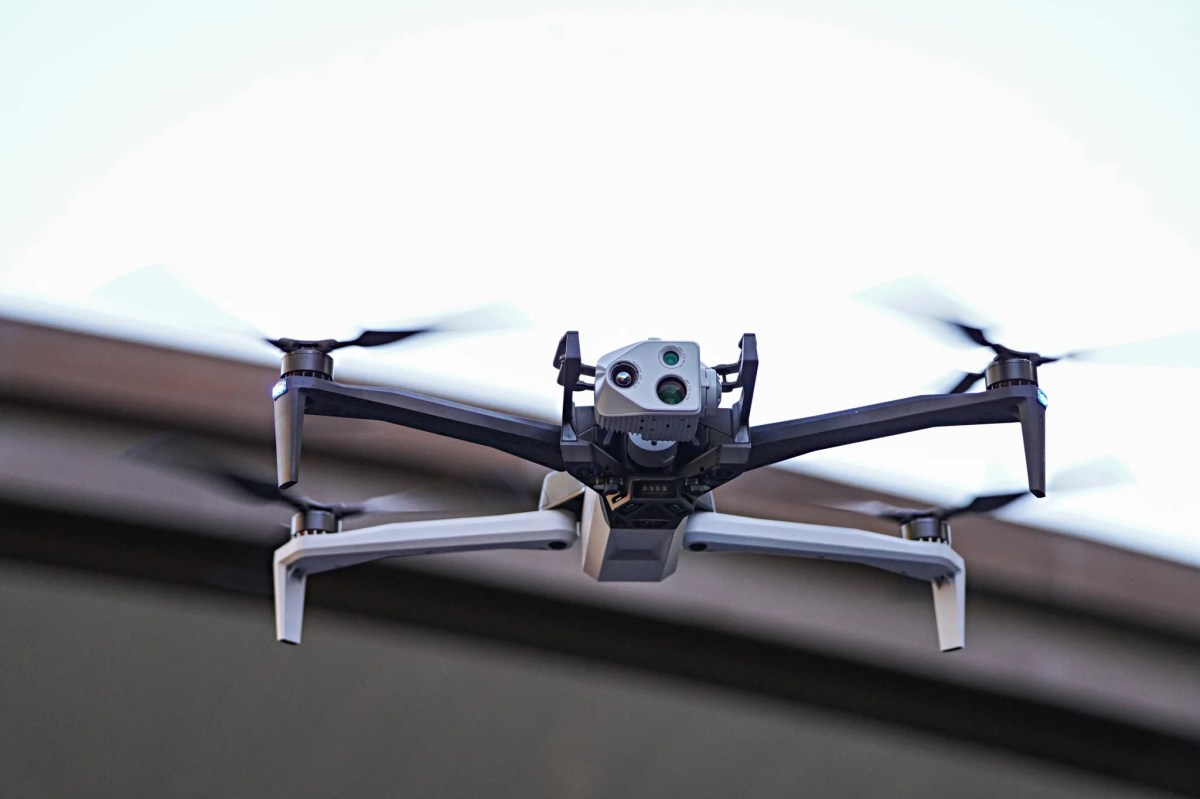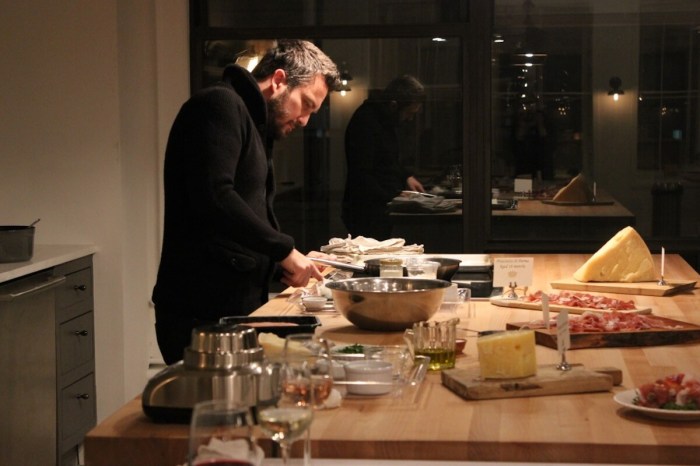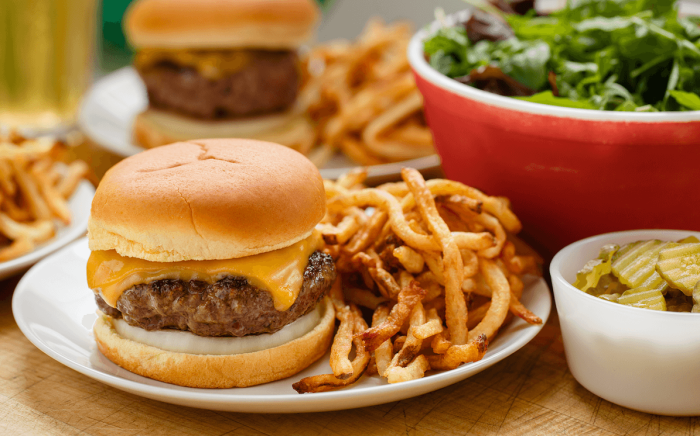A new clean and green BBQ promises to cook up a variety of dishes using the sun’s rays in just 10 minutes. GoSun absorbs heat from the sun to reach temperatures of over 550 degrees and can cook enough food to feed up to four people, in each batch. Even if clouds interrupt the sun rays, the heat stored within the device can continue to cook raw meat, fish fillets, frozen foods and muffins, among other tasty treats. The device, which measures about 2 feet long and 2 feet in diameter, has a solar evacuated tube that acts as the stove’s cooking chamber. GoSun Stove’s designer Matt Gillespie, who is based in Ohio, explained how this environmentally-friendly gadget is the future of outdoor cooking. Why did you decide to develop a solar stove?
The idea of these solar stoves originated from traveling to developing countries, and in particular Haiti, where GoSun’s founder, Patrick Sherwin, witnessed first-hand the heavy cost of dirty cooking fuels while installing solar electric systems. Women around the world spend hours a day collecting wood from endangered forests, only to cook with it inside of their homes, where they’re forced to breathe in the smoke. With sunlight being so abundant around the world, he began searching for a better way. Could this stove help to highlight the impact of fossil fuels on the environment?
Fuel for cooking may seem like a mundane issue, but for about three billion people on Earth right now, it is a real problem. Wood, the most common fuel source, is expensive, dirty to burn and carries a high environmental cost since these areas often have little forest to spare. In order to address these problems, we are introducing our solar cooking technology to emerging markets where solid fuels like wood are only used for cooking in rain storms or at night. How does this stove work?
Sunlight is reflected from compound parabolic mirrors onto a borosilicate glass solar vacuum tube. The tube’s vacuum functions as a near perfect insulator and it captures the light with a highly absorptive surface (think of it like a thermos coffee mug that absorbs light.) This vacuum allows the stove to cook meals in 20 minutes and heat to temperatures in excess of 550 degrees while remaining cool to the touch on the outside. A wide variety of food is placed on a stainless steel cooking tray and slid inside the tube oven where heat and moisture are trapped inside. Since it is so well insulated, the food stays hot and ready to eat once cooked by sunlight. Why should I use GoSun instead of a traditional grill?
We like to think of the GoSun as a complement to the typical grill, cooking everything a normal grill can’t like breads soups or vegetables. Beyond the versatility, cooking with GoSun is ridiculously easy. Put your food inside, wait about 20 minutes and enjoy! Unlike a grill, it is difficult to burn food with the GoSun since this tube holds onto moisture and the heat comes from 360 degrees. Since the moisture of your food is not being driven out, meals from the GoSun taste similar to sous-vide. What kind of food can we cook with these solar stoves?
You can bake, roast, boil and fry — anything is possible as long as it fits. Some of our favorite recipes include fish and steamed vegetables, muffins and stir-fry. To change the moisture or heat of the tube you can limit the sun absorbed by the stove or you can open the cooking tray—each technique has a different cooking effect. Does it work on cloudy days?
Even on cloudy days ultraviolet light will still make its way through the clouds. GoSun’s vacuum tube is such an efficient absorber and insulator that it can trap that small amount of light and store it to reach cooking temperatures. If the sun completely disappears, the internal temperature of the tube is minimally affected, allowing your food to continue cooking for hours. Buy it now: the GoSun Sport—priced at $279 —is our most portable and speedy solar stove, which cooks a meal for two in 20 minutes and is available via our website in Europe. The GoSun Grill – priced at $599 USD—our latest model that cooks a meal for eight in about one hour and will become available in the coming months through those same website. —Daniel Casillas
























